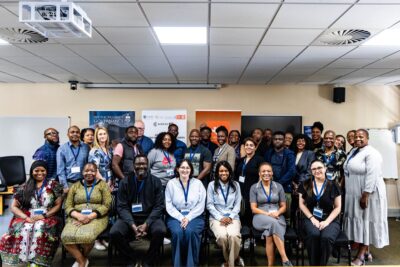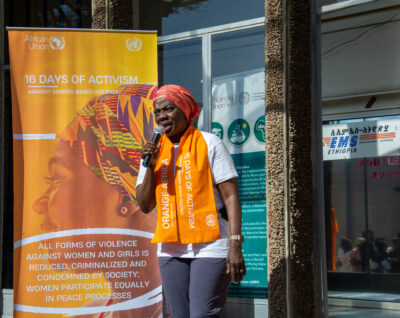In the Boston Globe, James Carroll explores how American experience has put a slant on the interpretation of Catholic teachings:
It was 1953. I was 10 years old, living in Alexandria, Va. The nuns of St. Mary’s school were abuzz with the news, and the monsignor was flustered. I went to my mother. “A priest was excommunicated for preaching ‘No Salvation Outside the Church?’ ” I asked. “But I thought that was what we believed.”
“We believe, ‘Live and let live.’ ” My mother, like countless other American Catholics, had clearly been prepared for this shift by the experience of intimacy with her own versions of the Pearlsteins. In the New World, unlike the Old, rubbing elbows with those who believe differently was the norm. When one religious absolute bumps into another, each one becomes less absolute. And, as the Vatican’s ruling suggested, this peculiarly American phenomenon had begun to have its effect everywhere.
“It was,” my mother answered calmly.
“What do we believe now?”
Continue reading at the Boston Globe.













